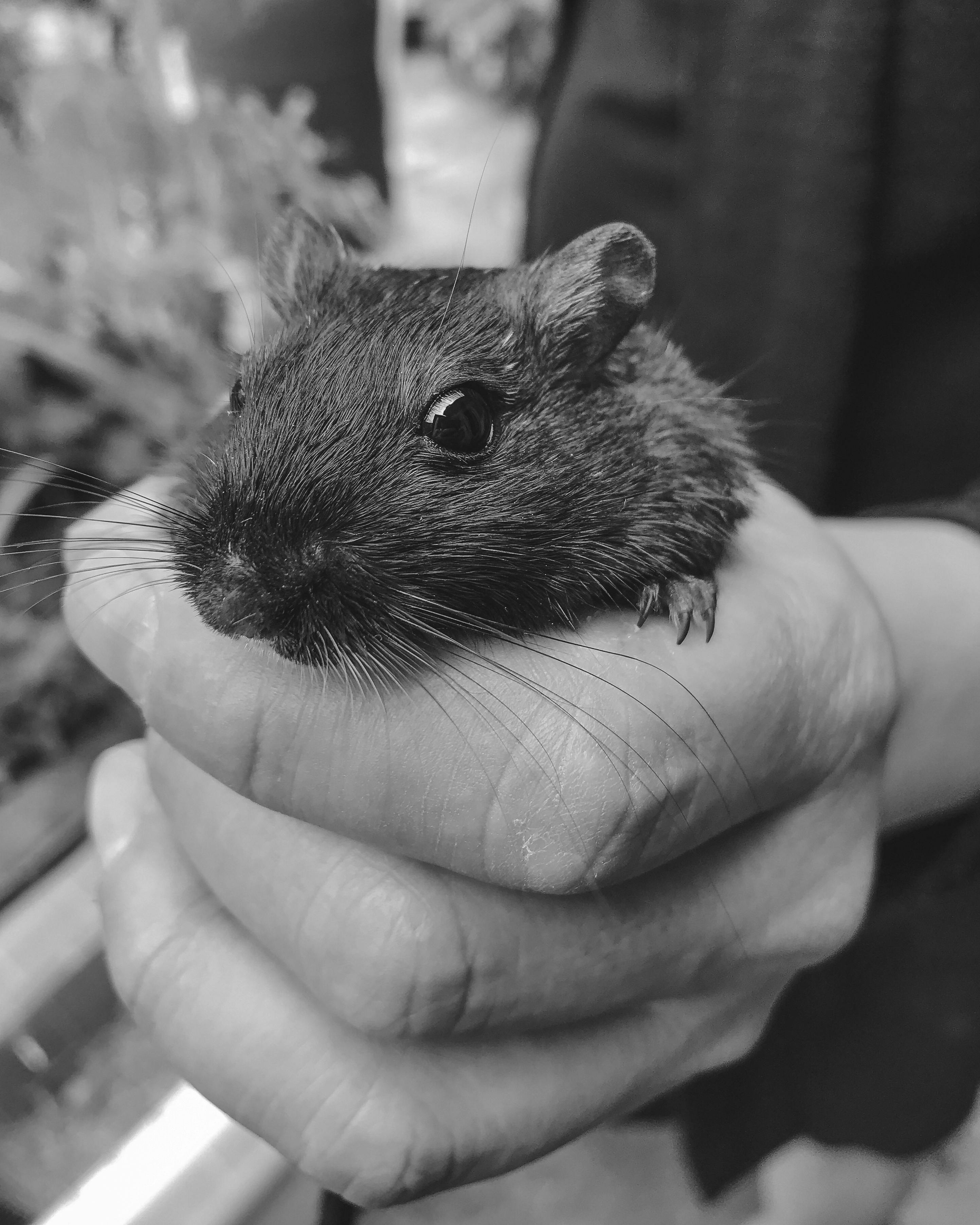Best 7 Hamster Bedding Options for a Happy and Healthy Pet in 2025
When it comes to providing a loving home for your hamster, selecting the right bedding plays a crucial role in their overall well-being. Hamster bedding not only serves as a comfortable resting space but also impacts their health, behavior, and happiness. With numerous options available, understanding the best hamster bedding choices can help ensure you're creating an optimal habitat for your little friend.
This article explores the best 7 hamster bedding options, considering factors like comfort, absorbency, odor control, and safety. We’ll also consider bedding specifically suited for different hamster breeds, such as dwarf or Syrian hamsters. By the end, you'll have a clearer picture of how to choose the best bedding material that meets your pet's needs, while also maintaining a clean and enjoyable living space.
Key takeaways from this article include:
- Different types of hamster bedding materials and their benefits.
- How bedding contributes to hamster health and comfort.
- Practical tips for maintaining a clean and safe bedding environment.
Essential Guide to Different Types of Hamster Bedding
Choosing the right bedding starts with understanding the various available options. Hamster bedding comes in several types, each with its unique characteristics and benefits. Some popular types include:
1. Paper Bedding for Hamsters
Paper bedding options are one of the most popular and accessible choices for hamster owners. Made from recycled paper, this bedding is highly absorbent and offers excellent odor control. Additionally, paper bedding is soft enough to provide a cozy environment for hamsters, contributing to their comfort and well-being.
One of the main advantages of paper bedding is that it's biodegradable and non-toxic, making it a safe choice for your pet. A major tip when using paper bedding is to ensure that it's dust-free to prevent respiratory issues in hamsters. Brands like Carefresh are renowned for their quality, soft paper bedding products.
2. Aspen Shavings for Hamsters
Aspen shavings present another popular option, particularly due to their excellent absorbency and natural properties. Unlike cedar shavings, aspen shavings do not contain harmful oils, making them a safer alternative. They provide adequate comfort and a good layer for nesting.
While aspen shavings are effective, ensure that your hamster does not exhibit any signs of allergies. Regularly changing this type of bedding is essential to maintain a clean habitat.
3. Fleece Bedding for Hamsters
For those looking for a more sustainable and cozy option, fleece bedding is an excellent choice. Fleece is not only washable but also provides a soft texture for your hamster to rest on. It's essential to layer fleece bedding with an absorbent layer underneath to improve overall moisture control.
One of the best practices when using fleece is to change out the absorbent layer regularly to avoid odors. Fleece bedding also allows for creative designs, which can provide unique aesthetics to your hamster's habitat.
Following the exploration of these bedding types, let's transition to natural options which can benefit your hamster even more.
Natural and Eco-Friendly Bedding for Hamsters
Natural and eco-friendly bedding options prioritize your hamster's health and safety. These materials are often biodegradable, ensuring a minimal environmental impact while keeping your pet comfortable.
4. Hemp Bedding for Hamsters
Hemp bedding is a fantastic choice for those looking for an organic hamster bedding option. This material is derived from the hemp plant and is known for its high absorbency and excellent odor control. Additionally, hemp bedding is comfortable, promoting a stress-free environment for your pet.
The added benefit of using hemp bedding is that it is mold-resistant, ensuring a cleaner habitat for your hamster. Always ensure that the specific product you choose is untreated and free from any chemical additives.
5. Straw and Hay Bedding for Hamsters
Straw and hay offer a more rustic bedding option for hamsters, particularly for those who enjoy burrowing or nesting. These materials are highly absorbent and can provide insulation during colder months.
When selecting straw or hay, opt for high-quality varieties that are clean and dry, avoiding any that may harbor mold or dust. While they are not the most conventional bedding options, they can add a unique touch to your hamster's habitat.
6. Biodegradable Bedding for Hamsters
Biodegradable bedding options continue to gain popularity due to their environmental benefits. Materials such as corn cob and recycled paper are excellent choices as they provide comfort and promote health.
These types of bedding are generally safe and can help contribute to a clean ecosystem. It's essential to be mindful of specific beddings' potential allergens or risks, especially for sensitive hamsters.
Having explored these natural bedding types, it's important to look into the practical aspects of maintaining these bedding options for hamster care.
Practical Tips for Maintaining Hamster Bedding
Proper maintenance of hamster bedding is vital for ensuring a healthy living environment. Regularly changing and cleaning bedding promotes hamster health and well-being.
7. Importance of Cleaning and Healthy Bedding Environment
It's crucial to change your hamster bedding regularly, ideally once a week, to prevent the buildup of waste and odor. Regular maintenance not only enhances your pet's comfort but also contributes to their overall health.
Using a small scoop or shovel aids in the spot-cleaning process, allowing for easy removal of droppings and soiled bedding. Additionally, maintaining a specific bedding thickness will help absorb moisture effectively while providing comfort. Aim for about 2 to 3 inches of bedding, encouraging burrowing and nesting behaviors in your hamster.
Hamster Bedding FAQs and Common Concerns
As a hamster owner, you may have specific questions about selecting and maintaining your pet's bedding. Here are some frequently asked questions:
What bedding type is the safest for my hamster?
Paper bedding is generally considered one of the safest options due to its absorbency and soft texture, reducing the risk of respiratory issues.
How do I change my hamster's bedding safely?
Start by removing old bedding gradually, ensuring your hamster is in a safe space, and then replace it with fresh bedding. Avoid sudden changes that may stress your pet.
How much bedding should I use in the cage?
A thickness of about 2-3 inches is recommended to promote burrowing and nest building while keeping the cage clean.
By understanding these key insights into hamster bedding, you can provide a happy, healthy, and well-maintained environment for your furry companion. Don't hesitate to explore different options and consult your veterinarian for further advice on hamster care and the best bedding solutions.

To learn more about effective hamster care tips, check out our detailed articles on hamster habitat setup and understanding hamster health and wellness.

